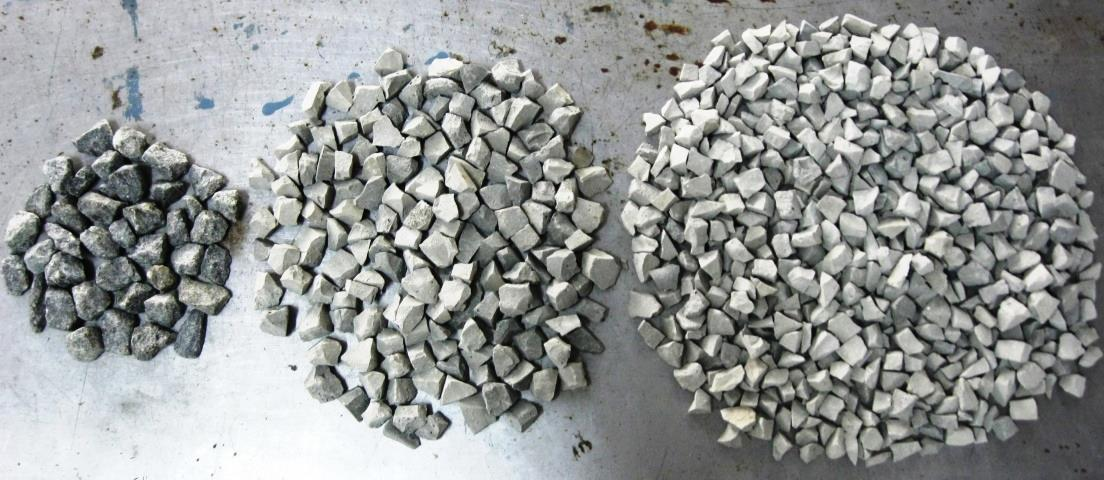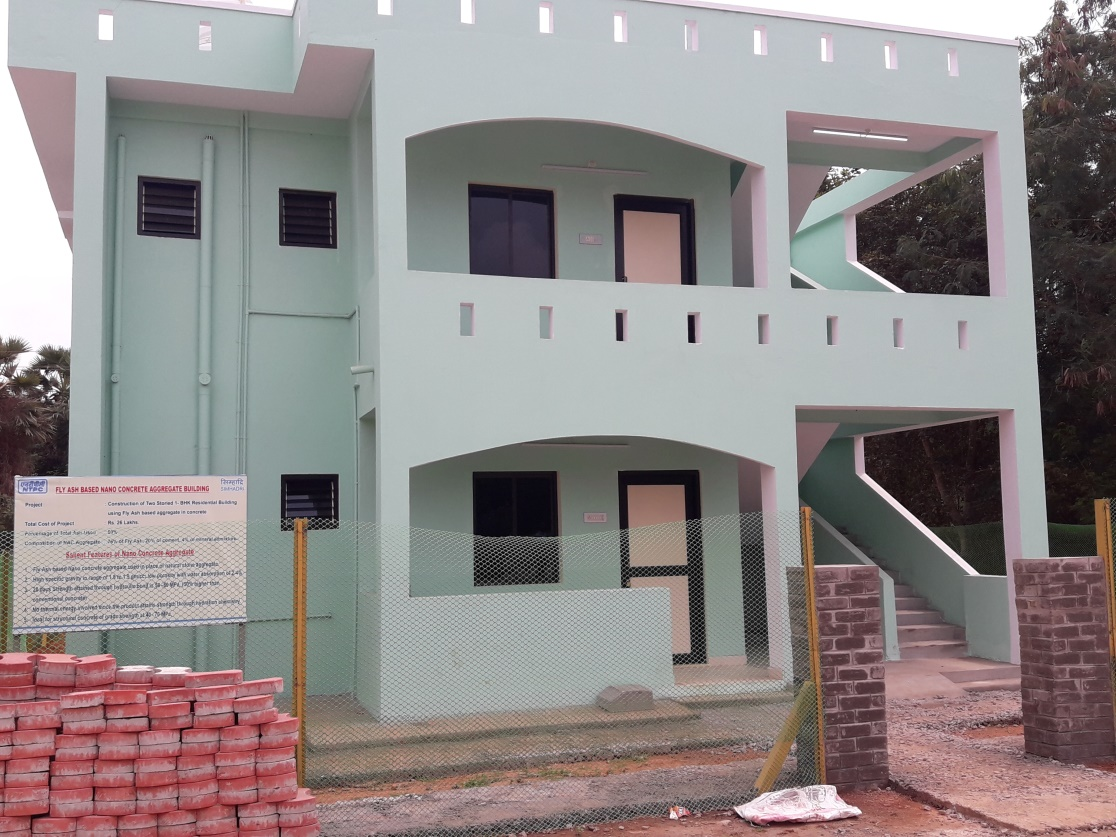In the northern part of India, especially in the Indo-Gangetic plains, coarse aggregates required for concrete construction are not available locally. One needs to fetch such aggregates from longer distances, which increases the procurement cost. There are instances of local people using broken pieces of burn-clay bricks as coarse aggregate for producing low-grade concrete in certain parts of North India and Bangaladesh. In recent years, owing to the use of poor quality of clay and inadequate burning process there has been deterioration in the quality of the bricks making them unsuitable for concrete even for the low-grade concrete.
With a view to overcome this problem, Dr N Bhanumathidas and N Kalidas developed “Nano Concrete Aggregates (NACA)”. Using 65-75% fly ash and small percentage of cement and other additives, the couple had developed “Nano concrete” in 2008 and the same has been patented (vide Patent No. 279460/2010). Since NAC developed high compressive strengths in the range of 50-100 MPa, it was found desirable to break NAC stone into aggregate (NACA).

Fig 1 Visual comparison of Natural stone aggregate (extreme left) with NACA (20 and 10 mm)
Concrete with NACA behaves more or less similar with concrete using normal strength aggregate (NSA) and hence it could be acceptable for structural applications. While NSA has the specific gravity of 2.6 of and bulk density of 1.4 t/m3 the corresponding figures for NACA are 1.85 and 1.0 t/m3respectively. NACA concrete weighs 1850 kg/m3that is, around 25% lesser than conventional concrete.In order to demonstrate the performance of NACA at field level, a two storied building is constructed in 2020 using NACA totally in place of NSA (see Fig 2). The density of NACA concrete was 2,080 kg/m3and the 28-day strength was in the range of 40-43 MPa.

Recently, National Thermal Power Corporation Ltd. (NTPC), has signed the know-how licence agreement with Dr Bhanumathidas and N Kalidas. Now NTPC proposes to set up a pilot plant at Paravada, Visakhapatnam, at a cost of Rs. 4.5 crores for the production of NACA. The plant will have 10 tons per hour (TPH) capacity.
NAC stones (blocks) will be manufactured in the first step. Cured stones with 50-60 MPa strength will then be fed to jaw crusher for getting crushed into aggregate. Based on the success of this plant, large capacity plants having 100 TPH capacity would be established in North India where natural stones are becoming scarce and costly. It is proposed to sponsor structural engineering studies on NACA concrete to various engineering institutes, universities, IITs to validate this product for various application-oriented avenues.
NACE concrete is field tested by casting 10.5 ft diameter dome on FaL-G Mansion (2010) and installing a few sacred pillars as well as casting slab for some temples.
Source: Press release from Institute for Solid Waste Research & Ecological Balance (INSWAREB), Vishakhapatnam.
Contact: e-mail: inswareb@gmail.com ; Web: https://fal-g.com/

